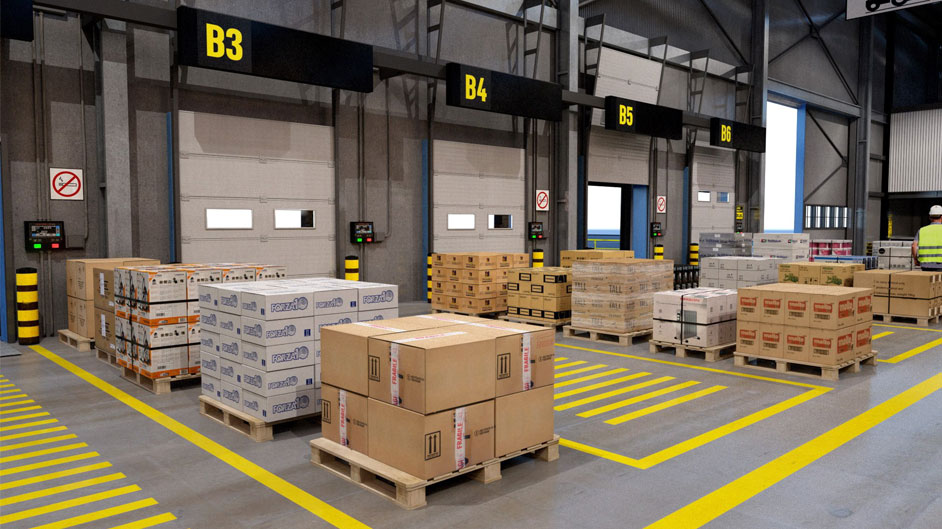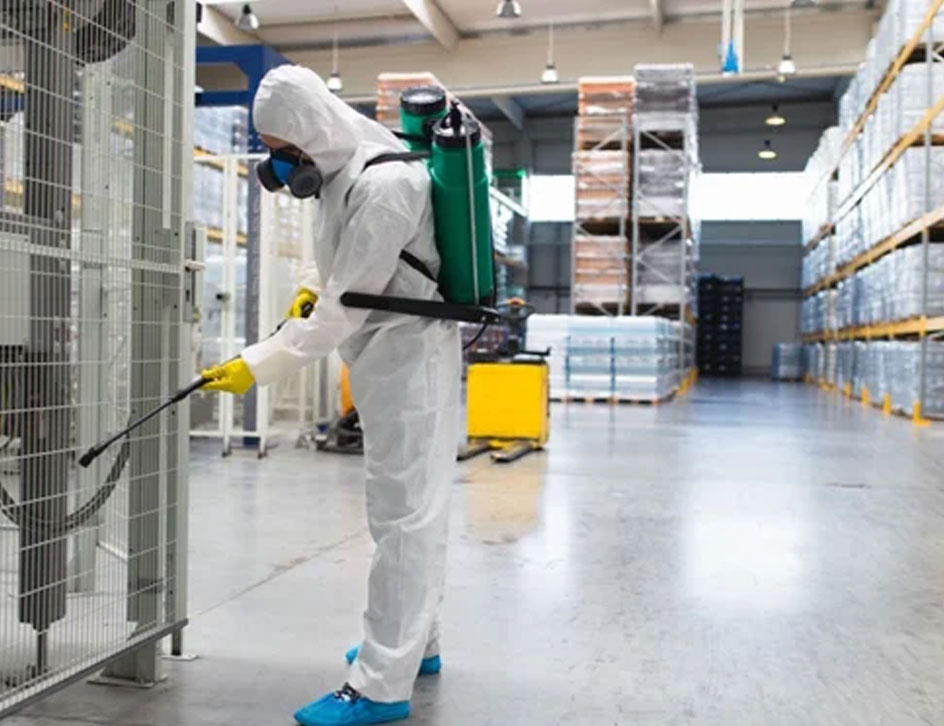

Hemant Wooden Packaging is a Mumbai-based company founded by Mr. Hemant S.Pandey, that takes pride in being a leading provider of comprehensive and reliable fumigation treatment services and heat treatment services.
Read More
The requirement of a fumigation certificate for wooden pallets used in exports serves similar purposes to those for other exported goods, with a focus on pest control, compliance with international regulations, and protection of ecosystems and public health. Here's why a fumigation certificate may be necessary specifically for wooden pallets:
1. Wooden pallets can be affected by pests such as insects, fungi, and other organisms that pose risks to agriculture and ecosystems in the destination country. Fumigation treatments help eliminate these pests and prevent their spread, thereby reducing the risk of introducing invasive species or diseases through wooden pallets.
2. Many countries require wooden pallets used in international trade to be treated with approved fumigants and accompanied by a valid fumigation certificate. This requirement ensures compliance with import regulations aimed at protecting local agriculture, preventing the introduction of pests, and maintaining biosecurity standards.
3. Fumigation of wooden pallets helps maintain the integrity and hygiene of packaging materials, ensuring that they meet the necessary standards for exportation. A fumigation certificate provides assurance to importers that the pallets have undergone appropriate treatment to control pests and contaminants, thereby safeguarding the quality and safety of the transported goods.
4. Providing a fumigation certificate for wooden pallets demonstrates compliance with international phytosanitary regulations and industry standards. In the event of disputes or claims related to pest contamination, the certificate serves as evidence of the exporter's adherence to required fumigation protocols, thereby helping to mitigate legal risks and liabilities.
The requirement of a fumigation certificate for wooden pallets used in exports reflects the need to ensure pest-free and compliant packaging materials, uphold biosecurity standards, and facilitate smooth international trade while minimizing the risks associated with pest transmission and contamination. Compliance with these requirements benefits exporters, importers, and regulatory authorities by promoting the integrity and safety of global supply chains.

1. What is Wooden Pallet Fumigation, and why is it necessary?
Wooden pallet fumigation involves the application of fumigants to wooden pallets to eliminate pests, molds, and other contaminants that may be present. It is necessary to comply with international regulations, prevent the spread of pests, and ensure the integrity of goods during transportation and storage.
2. Which pests and contaminants can be controlled through wooden pallet fumigation?
Wooden pallet fumigation effectively targets a wide range of pests, including insects, fungi, and bacteria, and other forms of contamination that could compromise the quality and safety of transported goods.
3. What fumigants are commonly used for wooden pallet fumigation, and are they safe?
Commonly used fumigants for wooden pallet fumigation include methyl bromide, phosphine, and sulfuryl fluoride. These fumigants are applied in accordance with approved protocols and safety guidelines to ensure effective pest control while minimizing risks to human health and the environment.
4. How long does the fumigation process take, and when can wooden pallets be used after treatment?
The duration of the fumigation process depends on factors such as the size of the pallets, the type of fumigant used, and the level of infestation. Typically, wooden pallets need to be ventilated for a specific period after fumigation to remove residual fumigants before they can be used for packaging or shipping.
5. Do wooden pallets need to be prepared before fumigation?
Yes, wooden pallets must be properly prepared before fumigation, which may include removing any goods or materials from the pallets, ensuring adequate ventilation, and sealing any openings to contain the fumigant during treatment.
6. Are there any alternative treatments to fumigation for wooden pallets?
Yes, alternatives to fumigation for wooden pallets include heat treatment and chemical treatments such as pressure impregnation with preservatives. However, the choice of treatment method may depend on regulatory requirements, the type of pests targeted, and other factors specific to the shipment and destination country.
